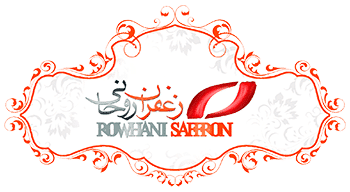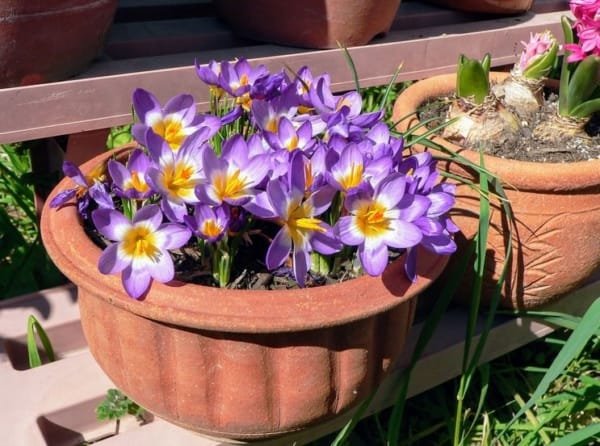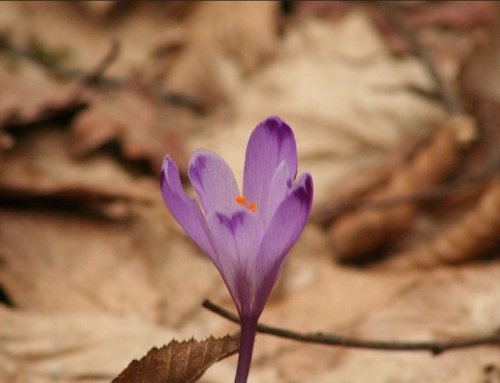 Exploring the Global Revenue Share of Iranian Saffron
Exploring the Global Revenue Share of Iranian Saffron
Iranian saffron market expansion
Despite producing over 90% of the world’s saffron, Iran holds a surprisingly small share—just 5.2%—of the global saffron market’s financial turnover. For centuries, saffron cultivation has been a hallmark of Iran, especially in the Khorasan region. However, as global trade has flourished, most profits now benefit other nations. This disparity stems largely from exporting raw or bulk saffron, which is then processed and marketed under the names of other countries.
Challenges in Adding Value to Iranian Saffron
Iranian saffron market expansion
While many calls to prevent raw sales have been made, little progress has been achieved in processing and branding Iranian saffron. A staggering 98% of saffron produced in Iran is exported in its raw form, with 80% sold in bulk. According to Ali Hosseini-Gazar, a member of the National Saffron Council, only about 2% of saffron exports undergo minimal processing, such as powdering.
The Rise of Spain as a Saffron Export Leader
Iranian saffron market expansion
Although Spain accounts for just 0.6% of global saffron production, it thrives as a leader in trade with a commercial surplus of over 6 million euros annually in saffron exports. Spain imports approximately 92% of its saffron from Iran but reprocesses and rebrands it for significant added value. In 2022, Spain’s saffron exports amounted to 50.5 million euros compared to imports of 44.2 million euros.
Steps to Boost Iran’s Saffron Market Share
Addressing Iran’s minimal share in the global saffron economy requires robust investment in processing and marketing sectors. Moving beyond bulk sales to introduce saffron-based products in pharmaceuticals, cosmetics, and food industries can transform Iran’s market dynamics. Innovation, alongside strengthened branding strategies, holds the key to reversing the current trend of missed opportunities.
Why Addressing Raw Saffron Exports Matters
Distinguishing between bulk sales and true processing is crucial. Processed saffron provides considerable added value, catering to industries ranging from pharmaceuticals to beauty. Meanwhile, bulk exports limit economic potential, leaving Iranian farmers and stakeholders without their fair share of the market’s profits.
Advancing Toward a Prosperous Future
In aligning with calls to end raw saffron sales, actionable reforms must emerge. Policies encouraging private sector participation in value-added processing, combined with international marketing campaigns, are essential to positioning Iran as a global leader in saffron products.
By adopting strategic approaches, Iran can bridge the gap between its dominant production levels and its currently underwhelming global financial footprint in the saffron market.







Get Social